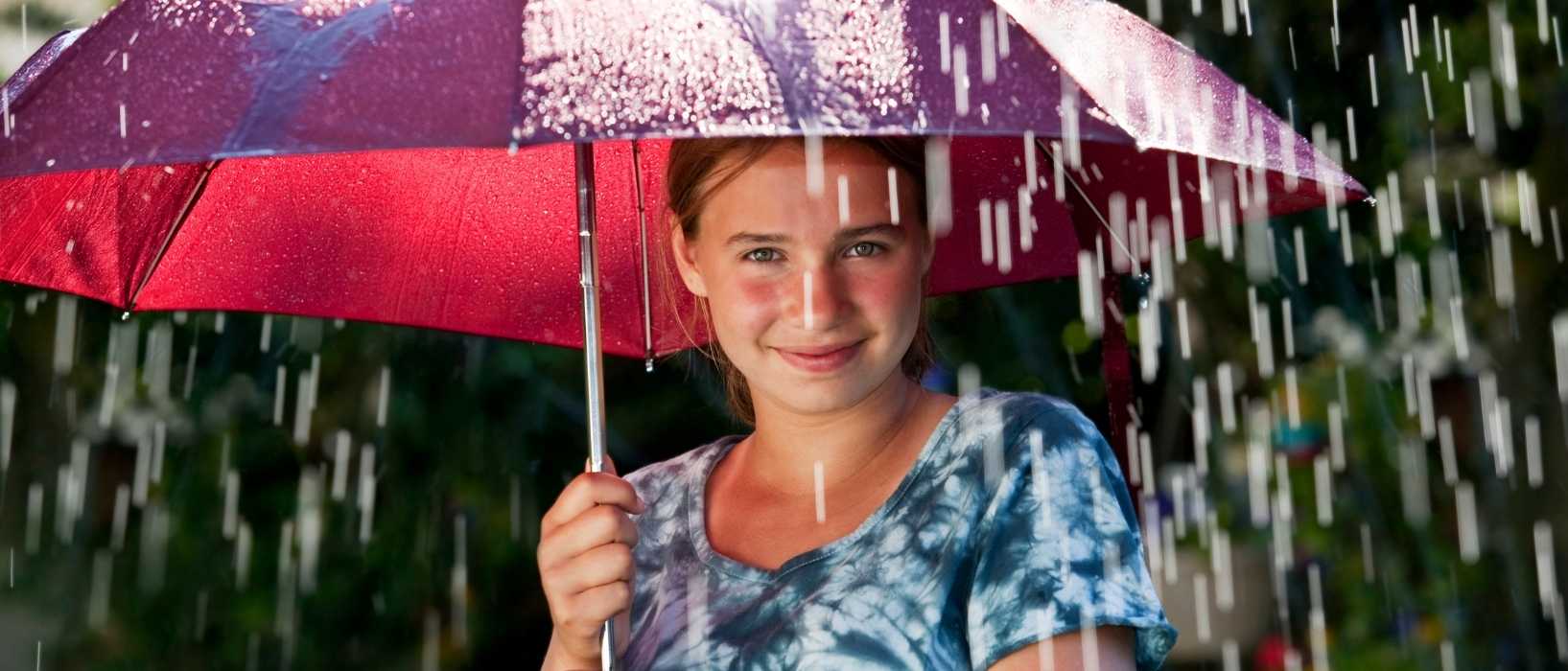
Umbrellas at the ready
The weather is definitely starting to change as autumn approaches, at least for the people in the northern half of the planet, the leaves are falling from the trees and it is starting to rain!
What’s the first thing most people reach for when it’s raining outside – an umbrella.
Umbrellas have been used for 1000s of years, but did you know that umbrellas have an environmental impact?
Pretty much everything does have a footprint, but with the correct knowledge, we can make informed decisions and choices that can reduce our footprint which over time, has a significant impact on the planet.
A brief history of umbrellas
The use of umbrellas dates back over 4,000 years.
Western Asia’s ancient Mesopotamia was where umbrellas were first used.
The sun was more of a problem in those ancient times than rain, which is why the parasol was developed to protect its users from burning.
Originally fashioned of palm leaves, papyrus, and peacock feathers, these ’emergent’ umbrellas were only used by the ruling class in ancient Egypt and Mesopotamia.
In mediaeval China, parasols were also used; they were formed of bamboo sticks and covered in leaves and feathers.
The umbrella as we know it now only emerged in the 16th century.
The turning point was when oil and wax parasol covers took the place of the previous designs.
This is when the umbrella started to be used as rain and bad weather protection and in 1928 it was Hans Haupt who created the telescopic umbrella which is the model still used today!
Why umbrellas impact the environment
Umbrellas like everything else have a footprint, which per umbrella might not be huge, but when you look at the real numbers involved, their impact can be mind-boggling!
Umbrellas are made of a mix of materials; plastics (the handle, the runner, end cap), metals (the stem, ribs, and stretchers) and nylon (the canopy).
As they are very difficult to take apart, they’re rarely recycled and most often end up in landfills.
The plastics can take over 1000 years to decompose and when they do break down into microplastics they enter the waterways, into marine life and the food system.
Part of the problem with umbrellas is that they can be cheaply made, shipped in from far away and break after a few uses, meaning a much bigger footprint.
When you factor in the stats that over 1 billion umbrellas are discarded and end up in landfill each year you can see how huge their impact can be.
If you take the average umbrella to weigh 500g that means that around 500,000 tonnes of umbrella waste end up in landfill every year!
But it doesn’t have to be that way!
Sustainable Choices
So what can you do to reduce your footprint when it comes to the brolly?
The first thing to look for is a well-made brolly that will last.
Cheap umbrellas are cheap for a reason and will be made from poor quality materials that break easily and thus end up in landfills.
Look for companies that offer an extended warranty or repair service so that your brolly doesn’t get binned as soon as it breaks.
If your brolly does break and can’t be repaired, you can recycle parts of your umbrella but not likely all of it.
Most home recycling bins, provided by your local council, usually accept metals such as steel and aluminium and plastic can be recycled but only if you know what type of plastic it is.
The other thing to look at is purchasing a sustainable umbrella made from recycled, upcycled or sustainable materials such as bamboo or recycled plastics.
If you know where to look, there are a lot of choices and as always Play It Green has done some research.

Some of our favourite umbrellas
Our first Eco umbrella comes from the folks at Jollybrolly and it’s their Eco Bamboo Umbrella.
The pole, handle and tips are made of bamboo, for maximum sustainability. The high-quality cover is made of 100% recycled PET bottles.
Bamboo is one of the most environmentally friendly materials we are aware of. It is incredibly sturdy, grows quickly, and requires little water.
Bamboo fibres are also completely biodegradable.
Another great brand is London Undercover which makes umbrellas with recycled PET fabrics, steel frames, and wooden handles crafted from maple, bamboo, or hickory.
They’re made using tried-and-true techniques and are designed with materials selected for their longevity and environmental impact.
London Undercover even have a Recycled Coffee range which is specially woven from a mix of recycled coffee grounds and plastic bottles.
Not only is this their most sustainable umbrella yet, but also has the added benefit of greater water-repellence and higher UV protection.
Our final umbrella is made by Blunt Umbrellas and their slogan is ‘Built to last’.
These eco-friendly umbrellas undergo some serious and rigorous testing.
Their eco-umbrellas are put through wind tunnel testing with category 1 hurricane gusts and rain as intense as a firehose.
Blunts say they are the market’s most aerodynamic protective umbrella.
The umbrellas are also repairable and come with a two-year warranty, allowing them to be fixed rather than sent to landfills if they break.
The umbrella is packaged in a sturdy recycled box that can be repurposed and reused.
If you are in the market for a new umbrella, that will last years and years and not end up in landfill, you can head over to their website and subscribe to their mailing list for 10% off your first order (Don’t worry, you can unsubscribe at any time)!
So, there you have it, some choices for you to try and some great brands trying to do things the right way and help their customers reduce their footprints!
We hope you enjoyed this week’s tip and found some inspiration and knowledge to share – small steps multiplied by the power of our community help to create lasting change.
Thank you for being part of it!






